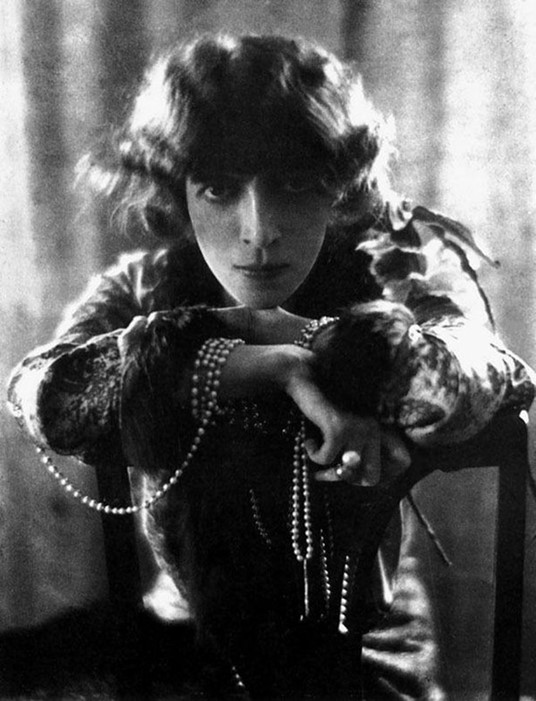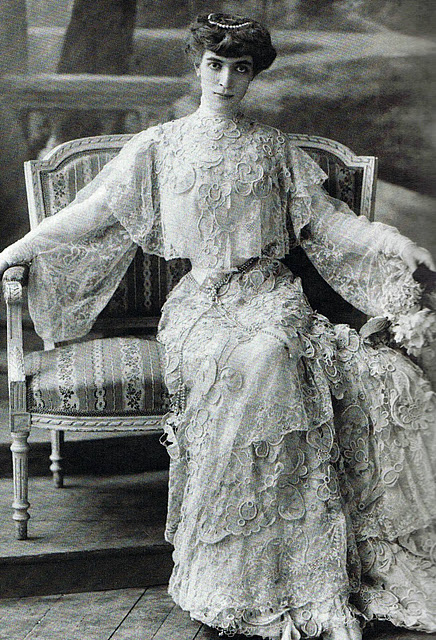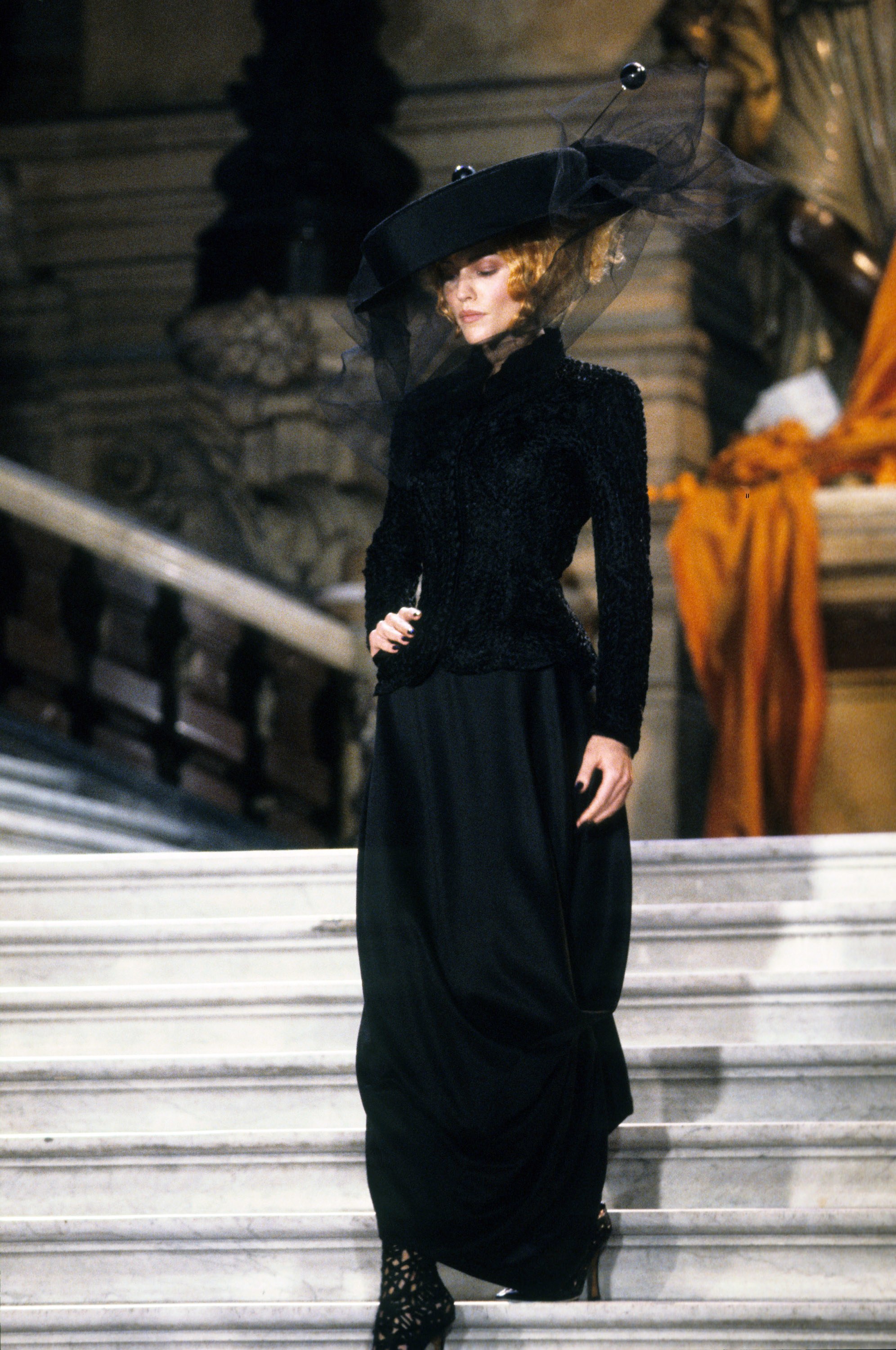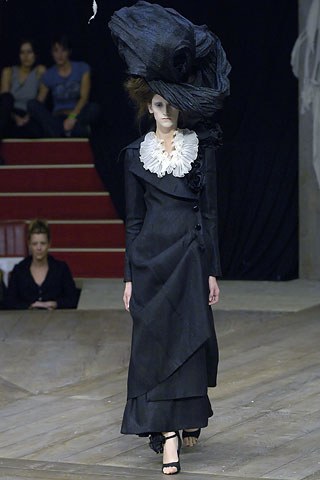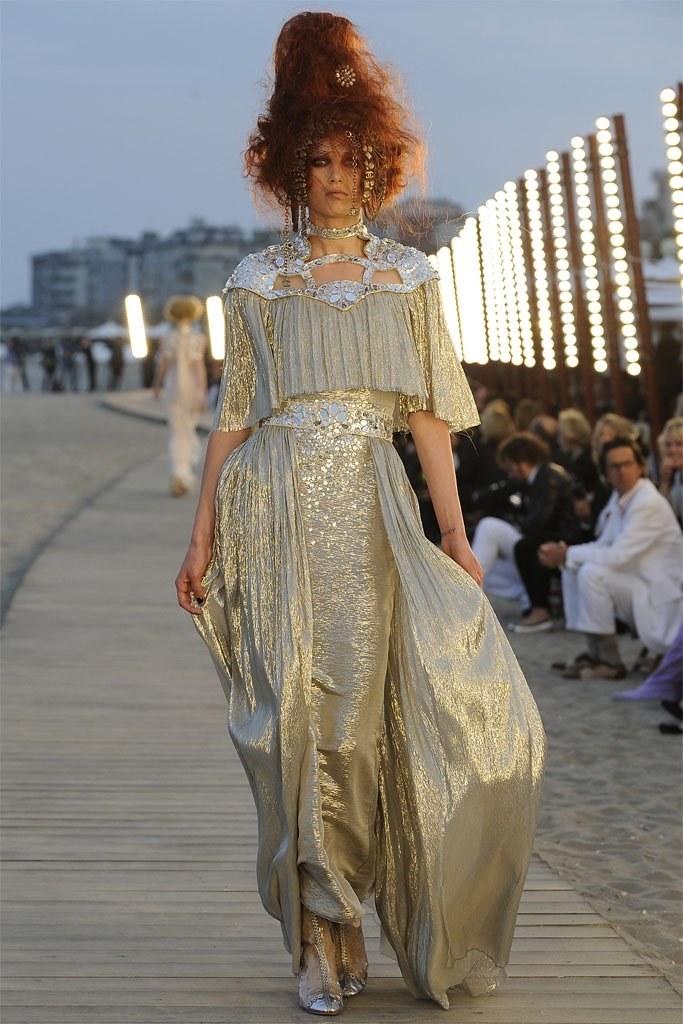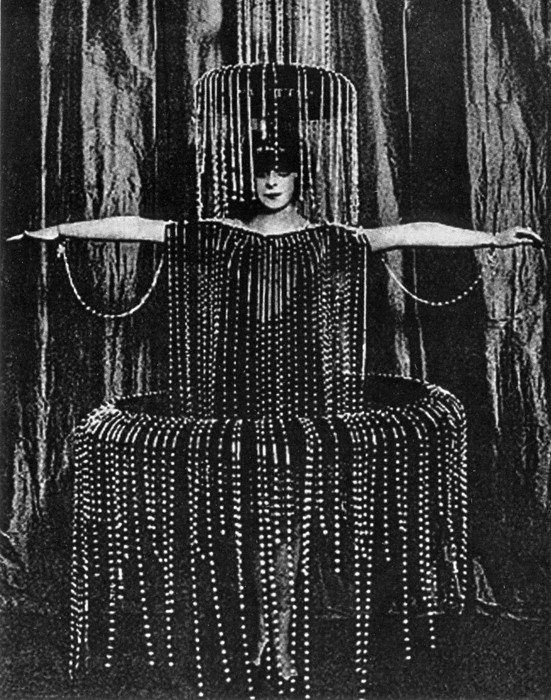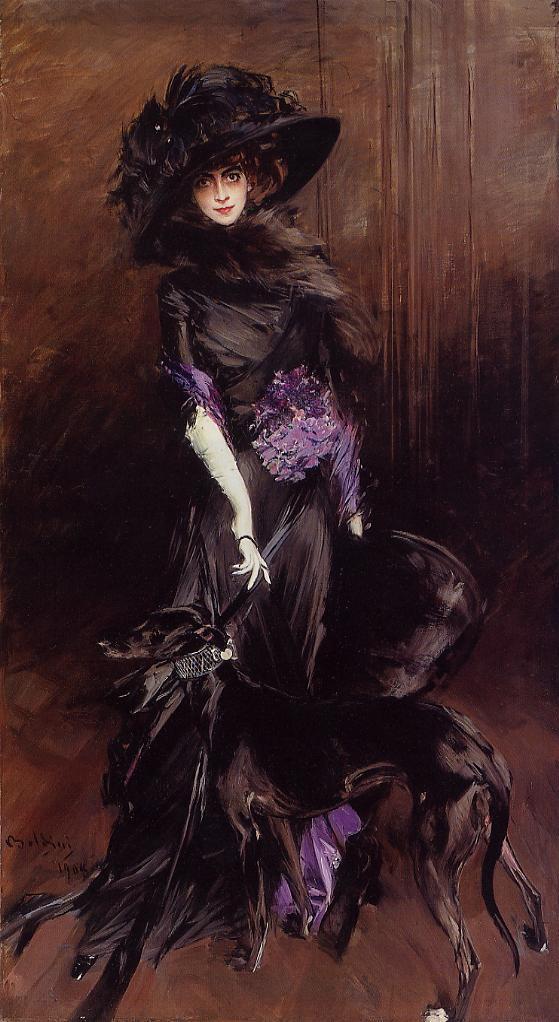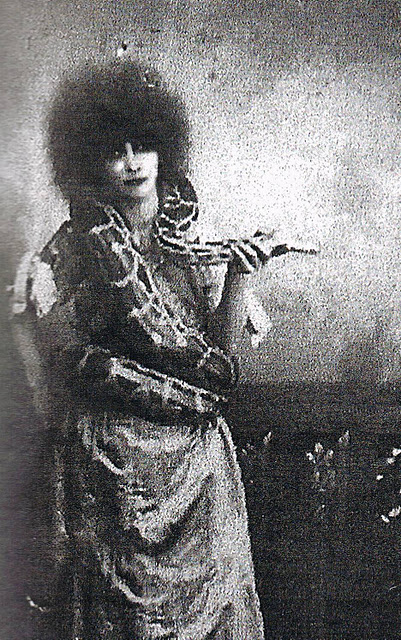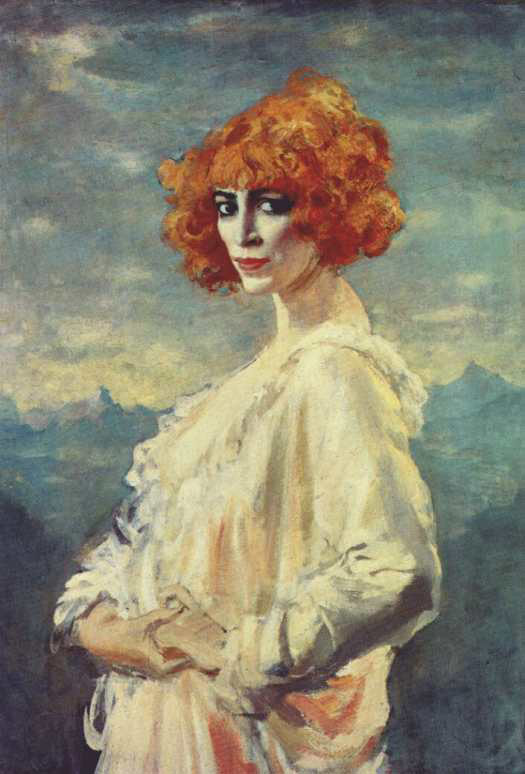Marchesa Luisa Casati - A Warrior Against Mediocrity
By Hannah Schmidt-Rees
“I want to be a living work of art.”
Described by Pablo Picasso as “dressed in a pearl-embroidered gown with a stiff elizabethan ruff and a neckline that plunged to her navel”, Marchesa Luisa Castai was an Italian heiress that is too incredible to be forgotten.
Born in 1881 in Milan, Luis Casati was brought up in a highly affluent yet dysfunctional family. Her father was made a count a King Umberto I and when both her parents passed away by the time Casati was 15, making Casati and her older sister Francesca, reportedly the wealthiest women in Italy. At 19 she was married to Count Camillo Casati Stampa di Soncino, however her subsequent affair with poet Gabriella d’Annunzio caused Casati transformation into an ecentric femme fatale, the epitome of belle epoque.
Standing at six feet tall and incredibly skinny, she powdered her skin white and dyed her hair bright orange, using belladonna (also known as deadly nightshade) to enlarge her pupils and creating a striking look with black eyeliner and false eyelashes. But that’s not it, here just a few recorded features of Casati’s elaborate lifestyle:
She owned a boa constrictor that she often wore around her neck as ‘live jewellery’.
She owned a flock of tamed albino blackbirds, which she dyed different colours to match the themes of her elaborate parties. She also filled her home with mechanical birds in gilded cages, and a pride of white peacocks that perched at every window. Casati would eventually used the peacock feathers to create an elaborate costume, using fresh chicken blood as an accessory.
She commission the most affluent designers at the time to create her most lavish costumes; Charles Worth, Mariano Fortuny and most notably Paul Poiret; who created a futurist gown including tiny electric lightbulbs and an attached generator, which eventually short-circuited and gave her an electric shock so powerful she collapsed.
She made a life-sized wax figurine of herself; using her own hair as a wig; and placing it in the seat next to her at dimly lit dinner parties. On another note, its rumoured that she put cremated remains of former lovers in commissioned wax dummies.
Taking her pet cheetahs for a walk at night (on diamond leashes), wearing nothing but a fur coat, pearl necklaces and a full face of makeup.
Her servants were covered in gold paint, with several unfortunate dying from the toxic chemicals. She also employed footmen outfitted in seventeenth-century costumes, with duties to throw copper filings into her fireplaces so the flames would burn an emerald green.
As her style transformed further, she began to wear wigs, the most wild a Medusa inspired wig made from stuffed snakes.
Casati threw lavish costume parties, each more extravagant than the last, with the most affluent guests and Casati’s costumes referencing the most influential women in the world.
“Her contemporaries couldn’t decide if she was a vampire, a bird of paradise, an androgyne, a goddess, an enigma, or a common lunatic.”
“As ludicrous as some of her behaviour was, and as senselessly extravagant, what I love about her is there was no vulgarity about it – there was a purity to her desire to be a work of art and nothing else.”
By 1930, Casati’s elaborate lifestyle amassed a personal debt of $25 million, which wasn’t helped by the effects of the Depression. Her personal possessions were auctioned off and Casati fled to London, where she lived in a studio flat. Apparently Coco Chanel was one of the bidders for Casati’s possessions. It was rumoured that Casati was seen rummaging in bins to find feathers to decorate her hair, after she moved into comparative poverty in London. In 1957, Casati died of a stroke, and she was buried in leopard skin finery and a pair of false eyelashes (which was an intricate part of her signature look).
But regardless of how wild Casati was, this is a fashion blog after all, and I wouldn’t be writing about Casati if she didn’t influence the runway:
John Galliano based his SS 1998 Christian Dior collection on Casati, as well as the AW 2007 haute couture collection.
Alexander McQueen’s SS 2007 collection was also inspired by Casati.
Casati was also used a muse for Karl Lagerfeld’s 2010 Cruise collection for Chanel.
It’s sad that her legacy was essentially ‘sold off’, leading to her lifestyle and signature look to be forgotten by many. Casati was an inspiration and muse for so many artists, thankfully her image has been preserved in many paintings, drawings and photographs, which I’m sure doesn’t even capture half of her eccentricity. Women like Casati seemed to only exist in fantasies, but the fact that Casati had the confidence to truly push the boundaries and go so over the top makes her an icon to be looked up to and inspired by. She’s so wild and I love it.
